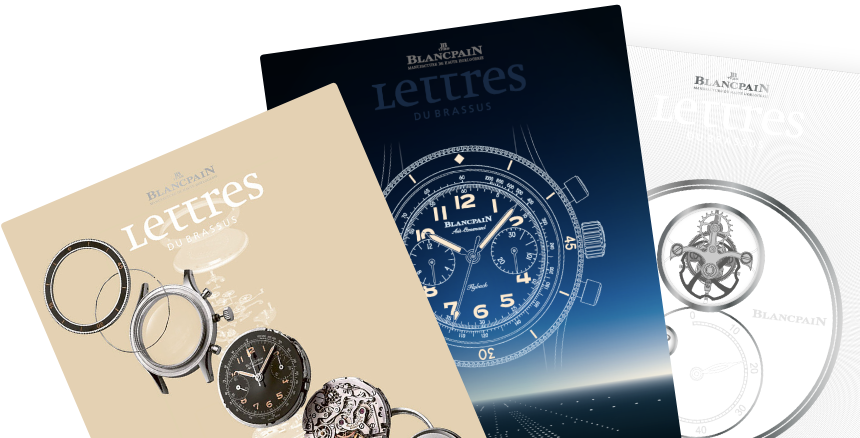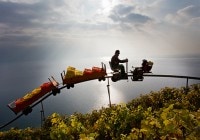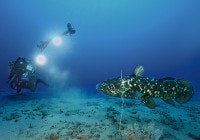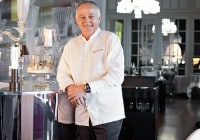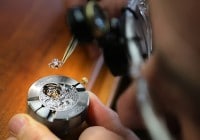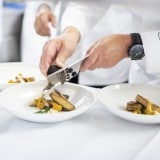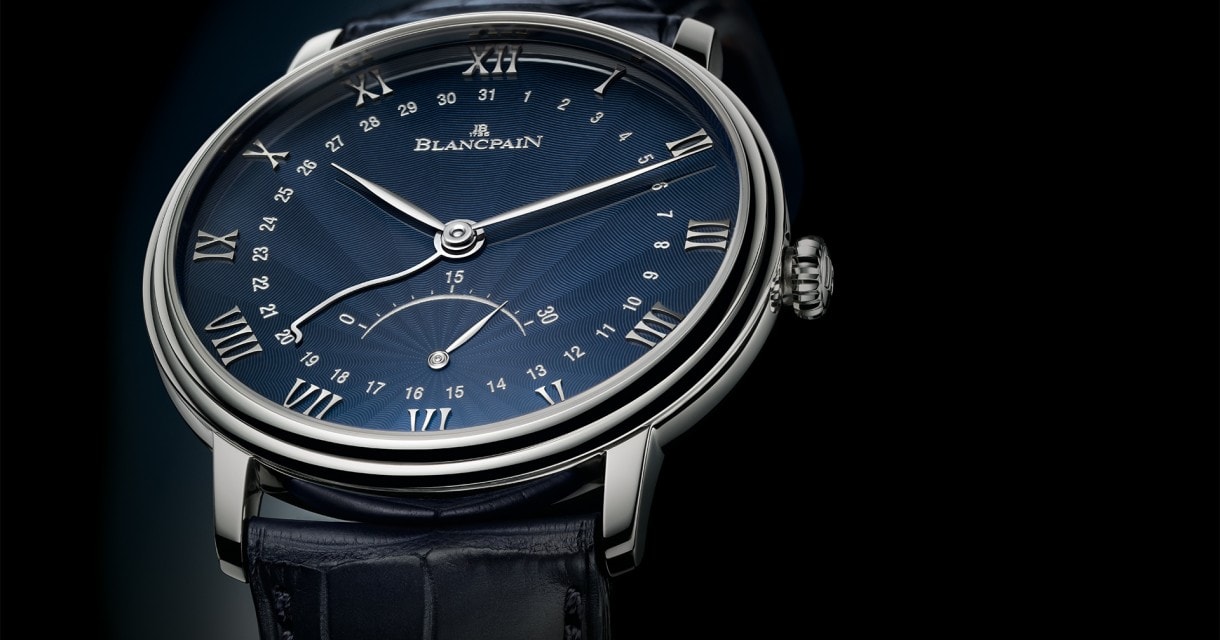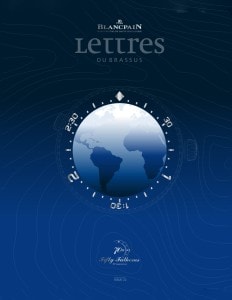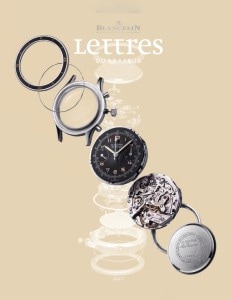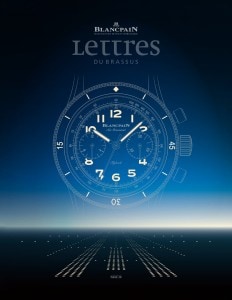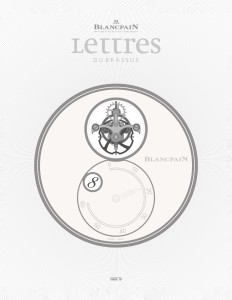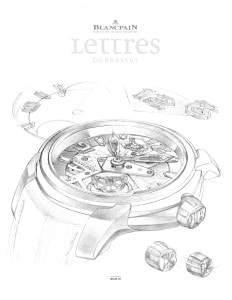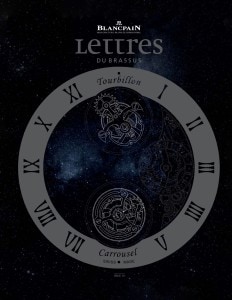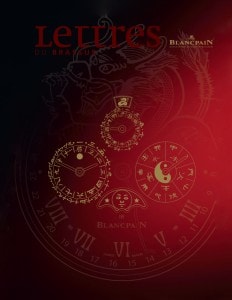
Search in Issues
Chapters
List of parts
Chapter 5
Table D’EDGARD
Mediterranean cuisine and a passion for olive oils is brought to Lausanne.

Chef Bovier’s DEVOTION TO MEDITERRANEAN ingredients does not suggest a departure from his grounding in CLASSICAL CUISINE.
March in Lausanne. Outside, winter is far from relaxing its talons. On the Place St. François, scarves are cinched tightly around necks in that studied way that admits not a wisp of frigid air. As pedestrians huff up the hill from the main station, visible puffs of air form clouds with each breath. And then there is the frozen slush on the rue Grand Chene that leads up from St. François to the Lausanne Palace & Spa. Enter through the main portal, turn hard right to the end of the hall, then left, to be transported to... sunshine. For notwithstanding the grip of winter outside, Chef Edgard Bovier at his restaurant La Table d’Edgard presides over the creation of a warm, olive oil based Mediterranean cuisine.
What is doubly remarkable is that Chef Bovier, far from Mediterranean origins, was born in the Canton of the Valais. Perhaps on the valley floor it may not vie with the Vallee de Joux as the coldest spot in Switzerland, but it is nonetheless bereft of the palms, lush tropical gardens and other trappings of toasty oases. His was a family of cooks, as both his father and grandfather were chefs in their family bistro in St. Léonard, which now enters its third generation under the stewardship of Bovier’s sister. His grounding there was entirely classical and, reflecting the tastes of the Valais, thoroughly bathed in cream and butter. There was no deviation from this path in his early training outside of the family restaurant, first in Sion (very near St. Léonard) and later in St. Moritz.
Everything changed at his next port of call, Greece on the island of Corfu, where the butter/cream umbilical cord was summarily cleaved. This was his introduction to Mediterranean cuisine, and Bovier was bulled over. Bovier spent three years there immersed in what was for him an entirely new palate of ingredients.
What followed was somewhat of a seesaw of climates and locales. Several years at the famous Hotel Olden in Gstaad, completely classical, followed by the Michelin starred Hotel Negresco in Nice, thoroughly defined by its Mediterranean environs. But it became clear which end of the butter/cream vs. olive oil seesaw had triumphed when he took over the stoves at the Ermitage in the outskirts of Zürich in 1990. For it was there that he introduced something radical for this most traditional of Swiss cities: Mediterranean cuisine. At the time, his was the only address in Switzerland offering Mediterranean style cooking (perhaps with the exception of that corner of Ticino bordering on Italy).
Bovier’s devotion to the Mediterranean style and ingredients is not to suggest that he has abandoned his classical cuisine grounding. As he puts it, his base remains classical “then you surf.” There is one obvious question that bubbles up, stepping back for a moment, or perhaps sticking one’s nose outside the doors of the Lausanne Palace to gaze once again upon a wintry
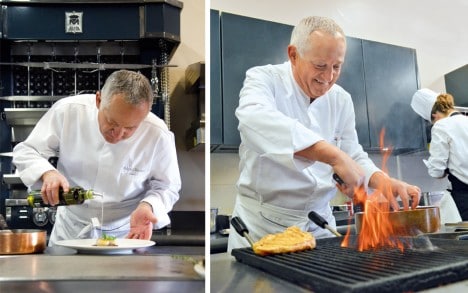

scene, how does he source his sunny clime ingredients located, as he is, in the middle of the Swiss Alps? The answer is a network of suppliers whom Bovier has cultivated over the years. With key suppliers based in Nice, Milan and the interior of Provence, hot climate ingredients are less than a half day away from Lausanne. Several times a year he makes the short trek south to wander the Mediterranean markets — particularly partial to Nice’s Cours Saleya outdoor market — searching for new inspirations.
In one respect there is a touch of fusion in his cooking philosophy. Although his trademark has been Medi- terranean ingredients, he is far from turning his back on what surrounds him in Switzerland. Wild game, seasonal mushrooms, even butter and cream, when the occasion calls for it, remain in his repertoire.
If one is to spotlight particular hallmarks to Bovier’s cuisine, the first place to start is olive oil. It’s often said that there is a butter/olive oil border that slashes across Europe, with the Mediterranean most decidedly on the olive oil side. But Bovier’s twist on this traditional Mediterranean imperative is the number of different olive oils that traverse the course of meal. It is not unusual for him to utilize seven or eight distinctly flavored oils for the assortment of dishes on a tasting menu — a more assertive oil with a powerfully flavored fish, an elegant oil for scallops, a fruity oil for langoustine. Never, however, the green bitter oils that are sometimes found in Tuscany.
A second hallmark is his search for simplicity on the plate. Bovier’s basic rule is that there should be no more than three major ingredients found on a plate, and each ingredient should be respected and left in its natural state. He is adamant in his opposition to the molecular cooks who insist on transforming everything. For him, if the market offers perfect sparkling fresh scallops, why change them into something else? The product must always remain the star on the plate as nature has given it to him.
His quest to avoid needless intervention reveals itself immediately with an assortment of amuse bouches which Bovier terms “Coté Sud.” A simple and classic pissaladière is elevated to a higher plane with his use of a Taggiasco olive oil. Presented simultaneously is a focaccia with an artichoke, thyme and sun dried tomato combination that completely erases any lingering thoughts that it might be winter outside. Reminiscent of a bruschetta, albeit far more delicate, is a deconstructed salade niçoise layering a fresh tuna carpaccio, artichoke, tomato, and quail egg all bathed in bright olive oil. The Coté Sud allows for a bit of fusion with a Tartine de jambon Iberico aux truffes et ricotta.
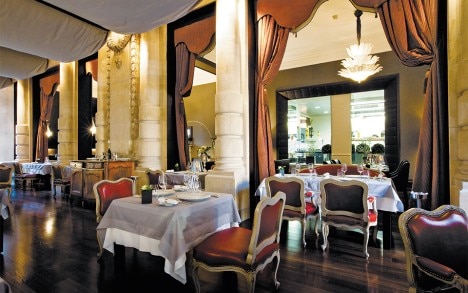
The main dining room, looking back toward the open kitchen. Facing the other direction, a majestic view of Lac Leman and mountains.

The kitchen table.
FISH FIGURES PROMINENTLY in Bovier’s repertoire and he is a master of it.
Plainly, the Spanish pata negra ham claims a southern heritage, but the black truffles pull strongly north. Whatever the mixed origins, the combination is magnificent with rich assertive flavors.
Fish figures prominently in his repertoire and, as always, the sternest test comes with rouget. Rouget is an amplifier of every single kitchen mistake; even a slight fumble is ruinous. Boiver’s Rouget à la plancha en salade d’artichauts barigoule et noisettes du Piémont Huile d’olive Taggiasche et vieux vinaigre de Modène offers a perfect interpretation, seared on one side to impart a crispy skin, the second side barely cooked on the warm plate. Sparkling fresh, the fish is accompanied by diced artichoke hearts and, an unexpected pairing, roasted hazelnuts, all lightly bound together by a balsamic vin- aigrette. Sophisticated without being complicated. Not only do the hazelnuts add texture to the composition, they propel the flavors of both the rouget and artichokes.
Texture plays a role in Bovier’s langoustine preparation, Fleur de courgette soufflée, croustillant de langoustine, sauce au citron de Menton et câpres de Pantelleria. Fried vermicelli coats one side of the cooked — just until translucent — langoustine, which is poised on a zucchini flower stuffed with a feathery fish mousse, all accented by a fruity olive oil with capers, citron confit and thin slices of baby zucchini. Every bite brings a different accent to the langoustine, salt with the capers, acid with the confit, vegetal with the zucchini.
At times, Bovier offers a different riff on langoustines, en brochette de romarin, linguini au pistou/condiment au citron de Menton. Subtlety marks every dimension of this combination. The rosemary stem delicately perfumes the langoustines, just enough to be present but not so as to overpower or even compete with the natural sweetness of the fish. Different accents are provided by a stripe of the Menton citrus or the pistou linguini and alternating between the two with each bite provides added entertainment.
In Spring, one may forget what is likely to rage outdoors in Lausanne with Bovier’s Turbot grillé aux asperges de Nogaret et à la badiane Tapenade d’olives Taggiasche. The turbot is simply grilled, minimum intervention, leaving the delicate fish to speak in its own voice. He accompanies the grilled fish with two asparagus styles: barely sautéed and lightly battered and fried — nearly approaching a tempura. The sauce is an asparagus stock base infused with chervil and another surprise, star anise, all finished with a remarkably delicate olive oil. Deftness was the key to its success, as the star anise, which could have taken over and overpowered both the turbot and asparagus, was only a faint background note in the sauce, made more profound, however, by its presence.
Not surprisingly, Bovier always offers pasta dishes on the menu. A good example is his Poêlée de pistes et raviolis à la Nissarde Olives picholines, tomate confite et basilic which features ravioli stuffed with Swiss
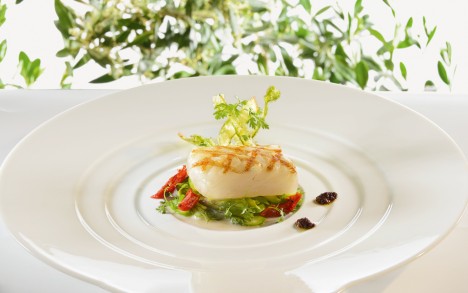
Turbot grillé aux asperges de Nogaret et à la badiane, tapenade d’olives Taggiasche.
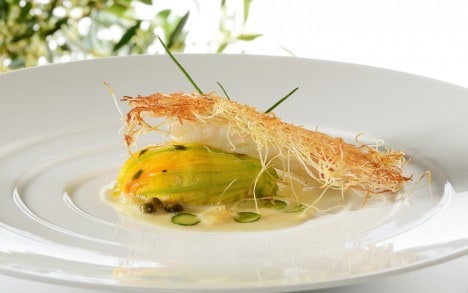
Fleur de courgette soufflée, croustillant de langoustine, sauce au citron de Menton et câpres de Pantelleria.
As many as SEVEN OR EIGHT OLIVE OILS may be used over the course of a single meal.
chard, brilliantly light and fresh when compared with the usual leaden cheese approach, paired with sauteed calamari, sun dried tomatoes and basil. The olive oil selection to bind all of this together was a deeply fruity Frantolio. Of course, the tomato confit was made by Bovier and offered a remarkable intensity of flavor.
Sweetbreads, particularly accompanied by morels, are not generally considered a mainstay of Mediterranean cooking, but they fit nicely into Bovier’s openness to bend the rules; if you want to think of this as fusion cuisine, go ahead. As it was Spring, fresh peas and fava beans rounded out his Ris de veau cuit en casserole aux févettes et petits pois, morilles farcie. The sweetbread offered is enormous, allowing it to be seared for a crusty exterior and still ethereal interior. As for the morels and spring vegetables, can there be a more classic marriage? The garlic stuffing of the morels served, if not to anchor the dish to the South, at least to bend it slightly in that direction.
Spring speaks as well with Agneau de lait des Pyrénées aux deux cuissons, artichauts piquants, Oignons d’une pissaladière. If you want to pick a fight in Europe among dedicated foodies, try nominating a particular origin of lamb as “number one.” Agneau de Sisteron, Agneau Pré-Salé de Paulliac, Spanish lamb, Agneau de Pyrénées, all claim their devoted partisans. That notwithstanding, it would be a risky enterprise, indeed, topropose that there could be a better agneau de lait than the one Bovier serves. There are two preparations on the plate, a delicate rib chop and a slice from the leg with its crispy skin.
A staple on the card is pigeon Vendée á la grille, jus gouteux aux abats, croustillant de blettes. Of course, the pigeon is cooked perfectly rare (any more would not only ruin the texture, but would turn the flavor palette of the bird upside down, obscuring the naturally luscious flavors with strong, gamey liver notes, a mistake not made in this kitchen).
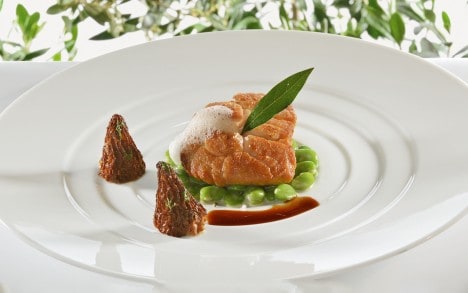
Ris de veau cuit en casserole aux févettes et petits pois, morilles farcies.
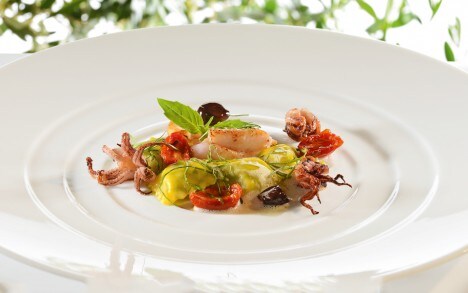
Poêlée de pistes et ravioli à la Nissarde, olives picholines, tomate confite et basilic.

Agneau de lait des Pyrénées aux deux cuissons, artichauts piquants, oignons d’une pissaladière.
There is NO ARTIFICE IN BOVIER‘S approach; Let the ingredients speak in their natural voices.
There is a clever twist in Bovier’s stock based sauce. Often the abats of pigeon are served on the side, separate from the breasts. Bovier incorporates the crisped abats into the sauce, bringing added depth and interest both to the flavor and the texture. The bird’s thigh is served perched upon a seared turnip pedestal.
Table d’Edgard may extend its reach deep into the South for many of its ingredients, but when it comes to the cheese course, a moped will suffice as the cheeses are sourced from the canton de Vaud (which is where Lausanne is located). One evening it was Tomme de Rougemont, Rubloz, and Gruyère caramel. Sadly these cheeses are seldom found outside of the Vaud, and, essentially never, outside of Switzerland. All three merit a visit, particularly the Tomme de Rougemont and the very aged Gruyère caramel. I have long favored the Tomme de Rougemont (sometimes called “Tomme Vaudoise”) as a perfect pairing for the remains of the red wine. If your experience with Gruyère is that of the industrialized plastic wrapped supermarket variety, banish all thoughts, as this small production Gruyère caramel packs an intense and complex punch.
For those who have opted for the tasting menu, pray that Trilogie glacée aux agrumes d’Amalfi, Champagne rosé et filet d’agrumes is on the card that day. Never can a dessert mount a claim as “health food”, but if you want to think expansively, Bovier’s conception not only offers an inspired, refreshing break from the savory portion of the meal, but a virtuous one as well. As the name suggests, this was a trio of citrus sorbets—lemon, grapefruit and orange—all punctuated with the incorporation of rosé champagne. Health food in my book.
Brightness and the reduction to the minimum or complete absence of pastry marks two other desserts. Crème légère en mascarpone, cœur coulant au cassis Meringue croquante offered a white chocolate cylinder encasing the mascarpone mousse topped with an intense cassis syrup and cassis sorbet. Crowning the preparation were cassis infused meringue “pencils.” Allumette glacée à la rhubarbe et fraises Gariguettes Sorbet yogourt Grecque fits the spring season with the first appearance of rhubarb and the most sought-after French variety of strawberry, the Gariguettes. Only a thin wafer of pastry was present, largely to supply a platform for the rhubarb, otherwise the natural sweet- ness of the classic rhubarb/strawberry combo was allowed to assert itself without interference or distraction. Similarly, the yogurt sorbet was just an accent or, if you will, a subtle counterpoint to the fruit.
Minimal pastry as well is present in Bovier’s fin sablé aux framboises et á la vanille crustillant aux citron jaune, sorbet au lime. As with the rhubarb, the pastry sablé serves just to provide structure for the tower of perfect raspberries with coulis and the two citrus accents. Light, bright and refreshing.
When Edgard Bovier imported his Mediterranean cuisine to Zürich, it was no doubt revolutionary. Today, in Lausanne, while no longer seen as radical, he offers a stimulating alternative to la cuisine vaudoise and a wonderful escape from the rigors of winter or, if the visit is in summer, a reinforcement of the sun.
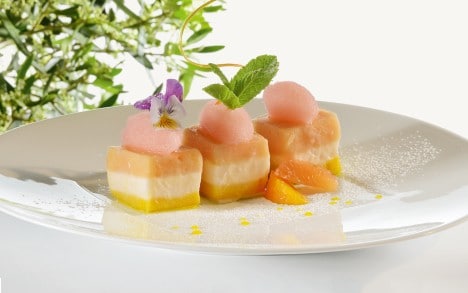
Trilogie glacée aux agrumes d’Amalfi, champagne rosé et filets d’agrumes.
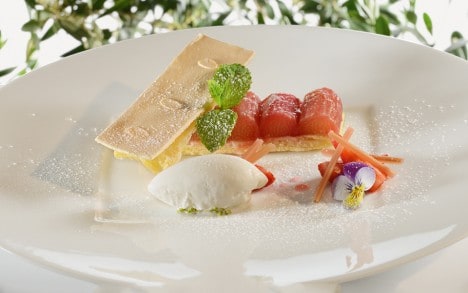
Allumettes glacées à la rhubarbe et fraises Gariguette, sorbet au yogourt à la grecque.
Other issues
Don't miss the latest issue
Sign Up for New Releases